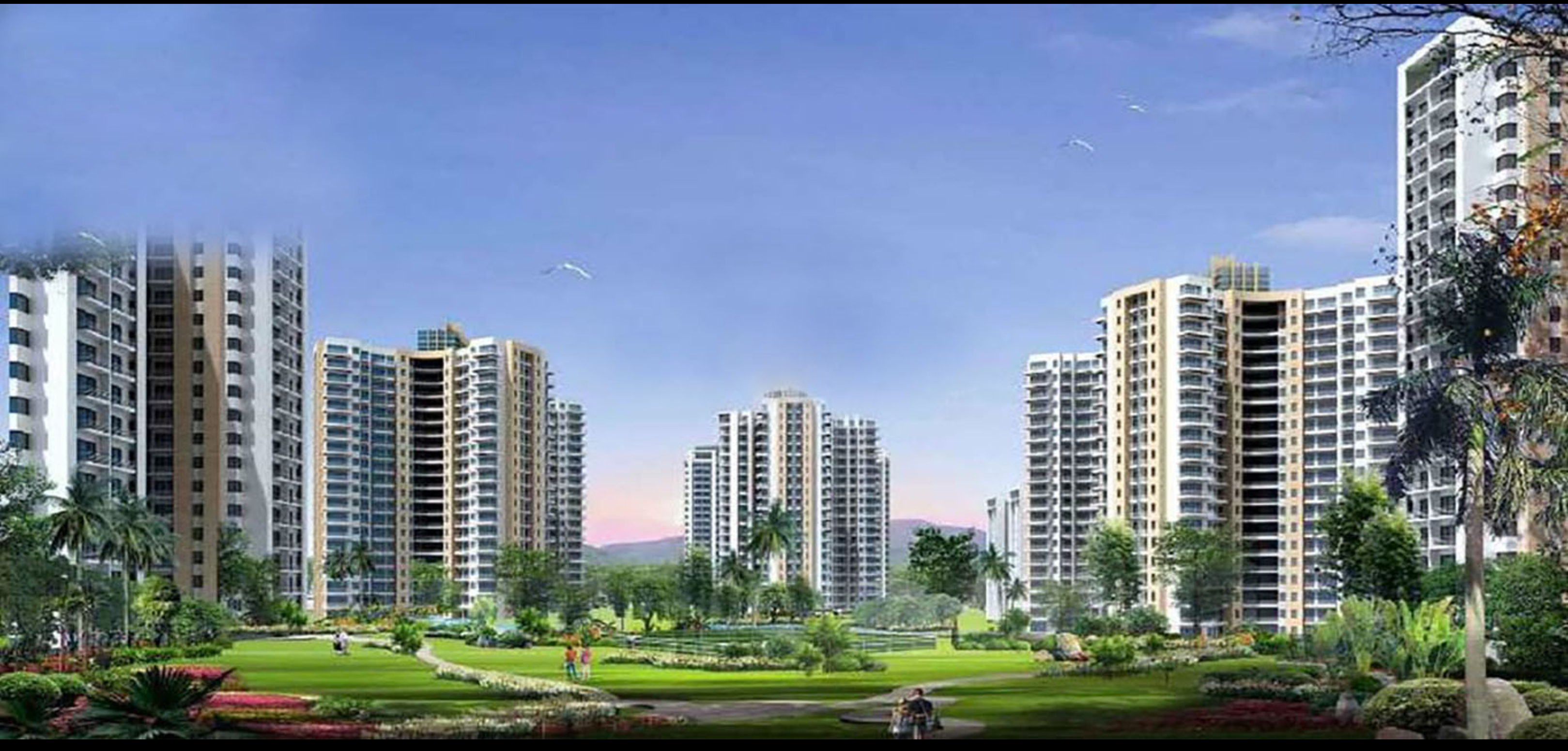How to Incorporate Green Spaces in Urban Real Estate Developments
https://buymeacoffee.com/kaysogy/how-incorporate-green-spaces-urban-real-estate-developments
 Incorporating green spaces into urban real estate developments has become a top priority for developers aiming to balance urbanization with environmental sustainability. Green spaces, such as parks, rooftop gardens, and landscaped courtyards, enhance the aesthetic and functional appeal of properties while promoting well-being and ecological health. As urban areas continue to expand, the integration of green spaces not only elevates property values but also aligns with modern demands for sustainable living.
Incorporating green spaces into urban real estate developments has become a top priority for developers aiming to balance urbanization with environmental sustainability. Green spaces, such as parks, rooftop gardens, and landscaped courtyards, enhance the aesthetic and functional appeal of properties while promoting well-being and ecological health. As urban areas continue to expand, the integration of green spaces not only elevates property values but also aligns with modern demands for sustainable living.
The Importance of Green Spaces in Urban Development: Green spaces are vital in urban settings for several reasons. They improve air quality, reduce urban heat, and provide recreational areas that enhance community interaction. Real estate properties near green spaces often command higher market prices, as buyers and tenants increasingly prioritize access to nature. These areas also support mental health by offering serene environments amidst bustling city life.
Benefits of Green Spaces in Real Estate Development
Enhanced Property Value: Green spaces significantly boost the desirability of urban properties. A home or commercial property with access to landscaped gardens or parks is more appealing to prospective buyers or tenants.
Health and Well-being: Proximity to green areas reduces stress levels and promotes physical activity, contributing to healthier lifestyles for residents.
Environmental Impact: Incorporating green infrastructure, such as rain gardens and native plants, helps in managing stormwater, reducing pollution, and fostering biodiversity.
Social Connectivity: Well-designed green spaces encourage community interaction, making urban neighborhoods more vibrant and inclusive.
Key Strategies for Incorporating Green Spaces
Rooftop Gardens: Rooftop gardens are a creative way to utilize otherwise unused space in urban developments. These gardens can be designed to include seating areas, flower beds, and even urban farming spaces, adding value to multi-story buildings.
Vertical Landscaping: Vertical gardens or green walls are excellent solutions for space-constrained areas. They not only beautify structures but also act as natural air purifiers, absorbing pollutants.
Community Parks: Allocating space for community parks in residential developments enhances social connectivity while providing recreational areas for families and children.
Biophilic Design: Incorporating natural elements, such as water features, trees, and natural lighting, into architectural designs fosters a sense of connection to nature.
Shared Green Areas: Shared green courtyards between buildings encourage residents to engage with each other while enjoying the benefits of open spaces.
Challenges in Implementing Green Spaces
High Initial Costs: Developing and maintaining green spaces requires significant investment, which can be a deterrent for developers.
Space Limitations: In densely populated urban areas, finding adequate space for parks or gardens can be challenging.
Maintenance: Ensuring the upkeep of green spaces demands consistent effort and resources.
Solutions to Overcome Challenges
Collaboration with Experts: Engaging landscape architects and urban planners can help create functional, cost-effective designs.
Government Incentives: Leveraging tax benefits and grants for sustainable projects can offset costs.
Community Involvement: Encouraging residents to participate in maintaining shared green areas fosters a sense of ownership and reduces maintenance costs.
Conclusion: Incorporating green spaces into urban real estate developments is no longer a luxury but a necessity. As environmental consciousness grows among buyers and tenants, the demand for eco-friendly and nature-integrated properties will continue to rise. By adopting innovative design strategies and overcoming the associated challenges, developers can create urban spaces that are not only profitable but also sustainable and enriching for communities. When thoughtfully integrated, green spaces redefine urban living, offering residents a harmonious blend of modernity and nature.
Comments
Post a Comment